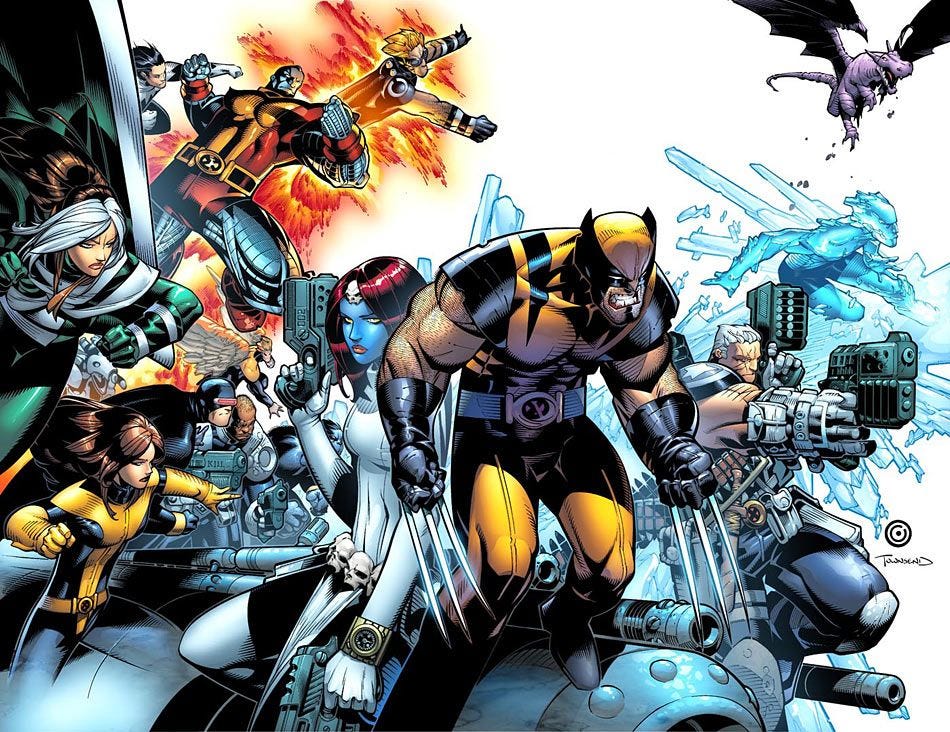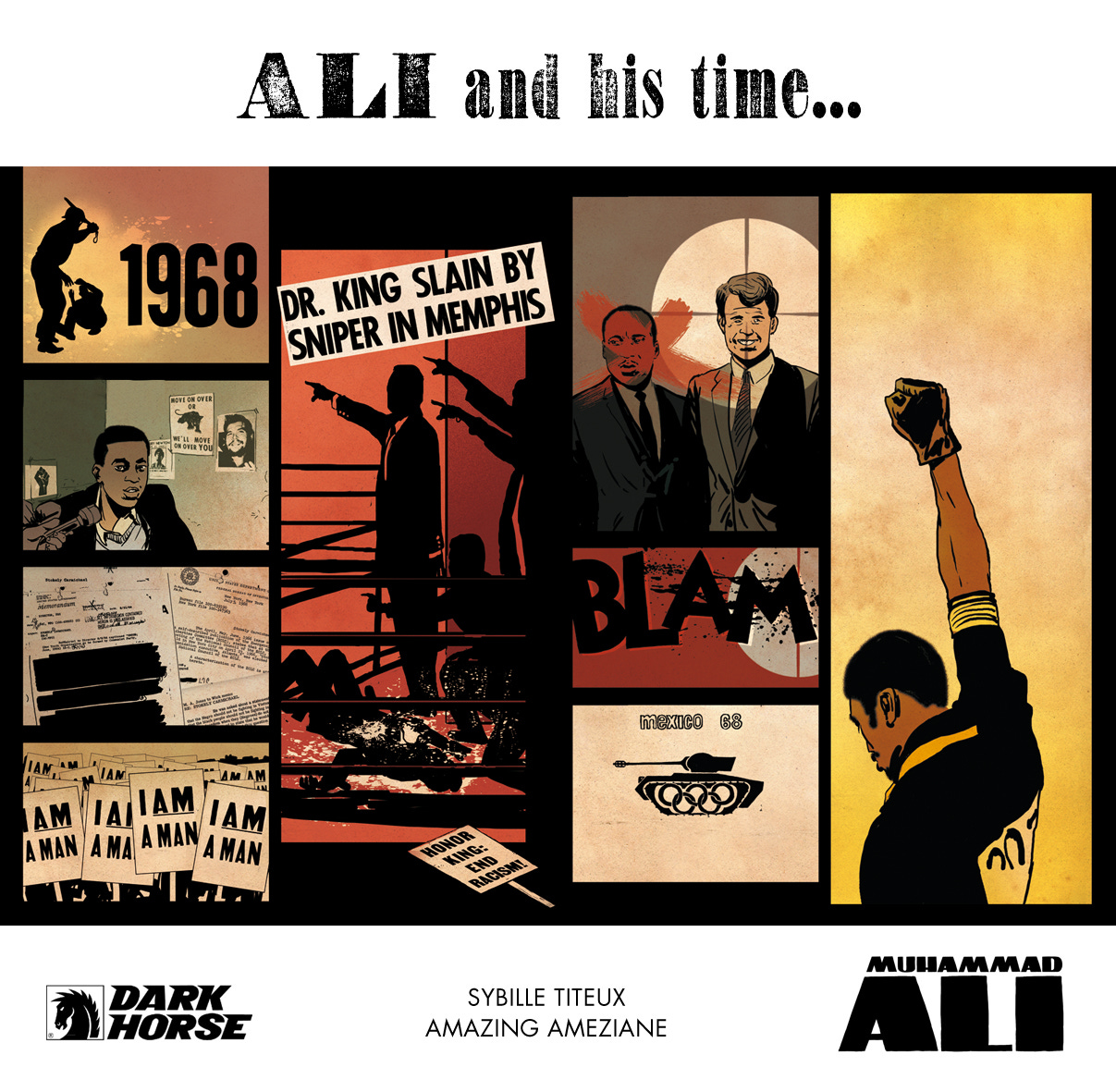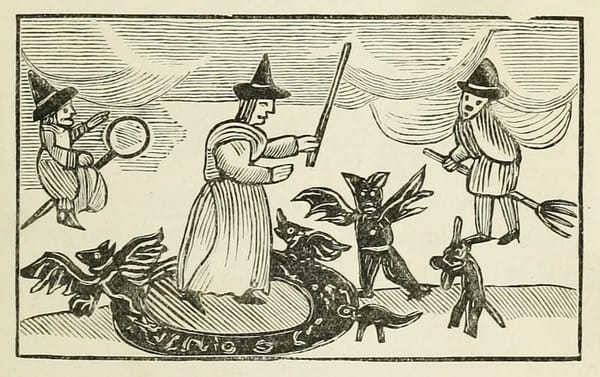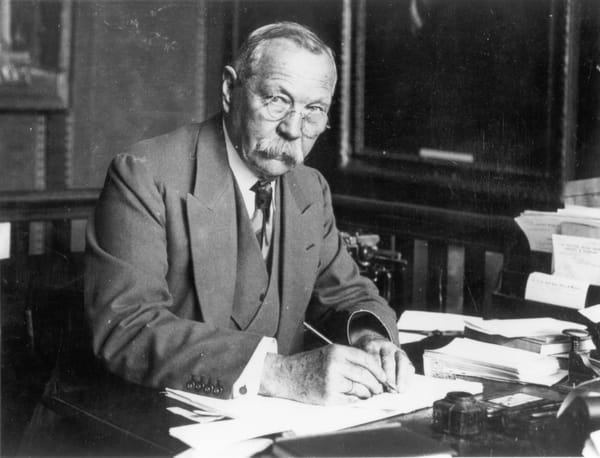Note 20: An Album Guy finds himself in the 21st century
... and his quest for finding a decent Android music player in this barbaric age.
The last two Notes have been quite political, and this past week was a banner week for political history (and I was right about the last Note becoming stale quickly!), so I’m going to back off the political commentary other than to say that as an American Patriot, I’m very pleased that unlike much of the rest of the GOP, Vice President Michael Pence stayed true to his oath when it mattered most:
Last week, we kept our Republic. Let’s see if we can keep it for one more week. And then the week after that, and then the week after that, and then the week after that, …
On 21st century music collections
Last week, I probably went on too long about curating my comic collection, and this week, I’ll probably test your patience discussing the fine art of music collecting. What I mean by that is assembling a curated collection of your favorite albums in a form where you can access it with no problem, just as you remember it, when you like. I mean, we have these mini-supercomputers with tons of storage that we take for granted in our pockets, so this should be a Thoroughly Solved Problem, right?
Turns out that’s not the case. I’ve spent a good amount of time over the past couple of months working on this, ever since Google (as they are wont to do) pulled the rug out from under me with the murder of Google Play Music (GPM), the platform I adopted after using iTunes (also, R.I.P.) for the better part of a decade. In GPM, the programmers at Mountain View built what was probably the optimal music system. I could upload my collection to the cloud, and install the Play Music app on my mobile devices. From the app, I could either stream the music from the cloud, or I could instruct the app to download a copy of an album to my device for playback when the cloud is inaccessible (such as during one of my Amtrak trips, which I miss desperately). Google killed the product last year, anointing YouTube Music as its heir.
YouTube Music didn’t last a day with me. First of all, like all YouTube-branded properties, it’s impossible to have an ad-free experience unless you pay your protection money to Google. When I listen to my own albums, I don’t want to have cut-rate advertisements inserted between songs. I have a Sirius XM account for that, thank you very much. Secondly, Google launched YouTube Music without Google Cast integration, which means that I was unable to stream music to my Good Speakers as I was able to with GPM. The whole experience pissed me off sufficiently that I swore off paying any money to any YouTube-branded properties ever.
That left me in a bit of a lurch. With the untimely demise of Google Play Music, I found that Android itself didn’t provide any other default app for listening to music. One existed ages ago, but it had been depreciated in favor of GPM. So that led me to evaluate third-party players to see what my options were.
It turns out that the third-party music players exist in a special ghetto all of their own. There’s not a lot of a market demand for additional music players these days, and most of these seem to be either legacy products or labors of love. And while I found plenty of players with acceptable feature sets and user interfaces, far too many fell down when it came to playing the files I’d accumulated over 25 years of music purchases and would fail to play them for unknown reasons. (And it wasn’t DRM-related issues, which I sorted out years ago.) Most would simply fail to play the all files I used as tests.
In the end, I did finally find a player that did what I needed it to do (actually it does too much), and that’s the DoubleTwist Android app (one of the legacy apps that’s remained actively maintained). It easily found the files that I had synced to my device, played them flawlessly (including gapless playback), and works quite well not only with my constellation of Google Cast devices, but also my handful of AirPlay devices from Apple’s ecosystem. I’m quite happy with it and look forward to using it going forward. It even still supports audio scrobbling!
So, in the age of Spotify (where most - but not all - music is at your fingertips), Sirius XM, etc., why go through all of this?
One reason is there’s another universe where music (and video) didn’t have to become a battlefield where firms vied to create the largest proprietary prisons to capture listeners. Listening to music was largely a solved problem a decade ago, but firms decided that they would rather nickle-and-dime listeners via monthly subscriptions (recurring revenue!) than sell them an album (or song, if you’re a barbarian as I’ll detail below). The fact that Google has one audio casting protocol and Apple has theirs (and God forbid we strive strive for interoperability!) is evidence that firms no longer believe it’s sufficient to win the customer at the point of sale, but rather they must control the whole listening experience. Copying albums that I purchased to the SD storage on my device and listening to music locally is a small example of me rebelling and reaching out to that alternate universe where people aren’t so damn greedy that stupidity ends up diminishing the listening experience.
Secondly, I’m an Album Guy. This means that I most enjoy listening to music in increments of albums (not songs!) and my associated behaviors are built around that preference. I get annoyed when artists try to sell me singles, and I’ll buy ten other accompanying songs for the two that I (initially) liked. (And I’m sure they’re happy being spited all the way to the bank.) I like having the right album art available, and I like having track metadata that’s consistent. For me, listening to the Roxette song “Joyride” can be two completely separate experiences - one if I’m listening to the original 1991 album where it premiered, which is distinct from catching it on one of the subsequent greatest hits compilations. And I’ll be pleased as a pig in mud to have two copies of the same song on my device, just to maintain the correct album art and metadata to keep the different contexts in which I listen consistent.
Given that I might be in the last generation of Album Guys, I came about it honestly. Growing up as a teen in northeastern New Mexico, my only music options were what the local radio station was playing or scratchy AM-band country or Mexican music, where quality varied based on the current mood of the ionosphere. Thus, I became intimately familiar with the mechanics of the Columbia House Music Club. It was really my only avenue for listening new music outside of KRTN’s weekly American Top 40 show. (Country & Western was the only naturally-occurring up-to-date music genre in that environment, which will be a topic for a future Note.)
I was also fortunate to come of age primarily when the compact disc was ascendant, so I may differ from prior generations of Album Guys when it comes to the extent of my appreciation of the differences between A-Side and B-Side tracks. With a CD, I could pop it into a player, and be reasonably certain that I would get anywhere from 45 to 70 minutes of musical enjoyment while I was doing something else, such as driving three hours through mountainous northern New Mexico roads on my way to take the SAT, where Savage Garden’s self-titled debut album will always be my album of choice driving from Cimmaron to Eagle Nest and Angel Fire.
While I didn’t have a whole lot of choice beginning my listening life as an Album Guy, I never defected to the hedonistic barbarism of Listening to Singles, because I found that more often than not, when I took the risk of dedicating one of my precious 8 CDs for a Penny slots to an artist who I had heard on the radio and liked, I ended up appreciating the more obscure tracks that didn’t make it to the radio over the singles that the publisher was promoting. And over time, I began to appreciate the structure that could go into crafting a solid album. The physical limitations of vinyls - and later cassettes - led to albums that started off strong with their initial hits, followed by a couple of decent songs, with strong entries in the middle at the physical boundary where one would have to flip the record over or turn around the cassette. The back half of the album would often be the most interesting part, before wrapping up with a closing song intended to be a later single in the radio lifecycle of the album.
You can see this pattern in Roxette’s Look Sharp!:
- The Look (Single #4)
- Dressed for Success (Single #1)
- Sleeping Single
- Paint
- Dance Away
- Cry
- Chances (First B-Side track, Single #3)
- Dangerous (Single #5)
- Half a Woman, Half a Shadow
- View from a Hill
- I Could Never Give You Up (Inexplicably not included in some releases!)
- Shadow of a Doubt
- Listen to Your Heart (Single #2)
If I wasn’t an Album Guy and only listened to the singles that made the radio, I’d have missed out on a lot of the interesting stuff that the band was doing between the radio-anointed songs. There’s really not a weak track on that album.
I could do a similar break-down on just about any pre-2000 album and and come up with jewels in the middle of the A and B sides. For crying out loud, on Bon Jovi’s Slippery When Wet, the rocking hair metal ballad “Without Love” is exiled to the hinterlands of the B-Side. Who wants to live a life without that anthem? And don’t get me started on the genius behind concept albums like Pink Floyd’s The Wall, or you’ll be here reading for another 45 to 70 minutes as I describe what’s good in the album in real-time. I’m just pleased that there are modern auteurs who haven’t abandoned the art form and continue innovating instead of chasing fractions of pennies making playlist-first tracks for Spotify.
As part of my de-cluttering effort, I’m looking forward to going through that ‘80s and ‘90s CD collection and deciding which albums make it to my phone, and which I put back on the shelf and smile at my youthful exuberance to try something new.
Book reports
I wrapped up my comic book backlog this week with two volumes I’ve picked up over the past year.
Marvel Monograph: The Art of Chris Bachalo by Chris Bachalo: While Uncanny X-Men #278 was my first X-Men issue, and X-Men #7 holds a place in my heart as one of the first X-Men issues I purchased myself (and eventually had autographed by Jim Lee decades later), Generation X #3 may be one of the most distinctive books I ever purchased. While the rest of Marvel was still reeling from the loss of the creators who struck out to form Image Comics, Chris Bachalo struck out in his own direction, creating an innovative comic art style that has yet to be matched for its visual creativity.

This volume is a 30-year retrospective over Bachalo’s career and highlights the work he’s done for Marvel over three decades. It brought back a lot of happy memories revisiting his greatest hits. (Now, I just need to get back to comic conventions and and snag an original page of his art. I have a specific one picked out - I just need to save my nickels and dimes to be able to afford it.)

Muhammad Ali by Sybille Titeux de la Croix and Amazing Améziane: I have to confess that Muhammad Ali has only been a peripheral figure in my appreciation of 20th century history. If asked last week about who he was, I could tell you that he was a boxer and involved in the events around Vietnam. This volume (translated to English from its original French) did a great job going through Ali’s life and filling in those historical gaps for me. The storytelling (both written and visual) is top-notch and the creators manage to create the tempo of historic boxing matches with their well-considered page and panel layout that serves double-duty as a visual history of the America on the “B-Side” of the 20th century.
Right now, I’m at 5 out of 100 books completed (3 ahead of schedule). I’m going to have to work harder at the next set of books, given that they are novels that didn’t quite hook me in 2020, and I’ve resolved to finish those before going further.
Interesting reads and watches
Marvel's 'Moon Knight': Indie Auteurs Justin Benson and Aaron Moorhead Board as Directors (The Hollywood Reporter)
How Sierra Was Captured, Then Killed, by a Massive Accounting Fraud (Vice)
The Lord of the Rings faithfully adapted Tolkien’s unrelenting belief in hope (Polygon)
‘Is This Really Happening?’: The Siege of Congress, Seen From the Inside (Politico)
The Force (and a Lenient Disney) Is With ‘Star Wars’ Fan Filmmakers (New York Times)
The End of the GOP (National Review)
Rare Planet With Three Suns Has a Super Weird Orbit (Gizmodo)
I hope the rest of you CMDRs are having good week and are exploring 2021 accordingly.



